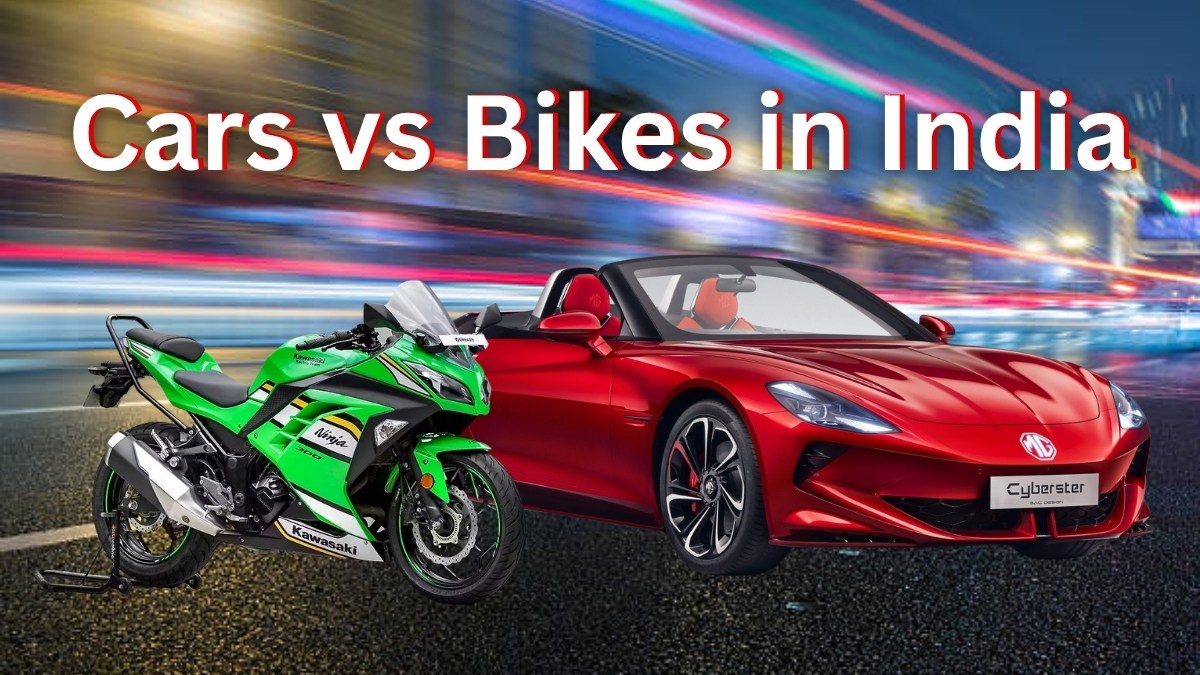Petrol vs Electric Cars: Which Is the Smarter Buy in 2026?
- Cars
- 13 Nov, 2025

As India accelerates toward a sustainable mobility future, the debate of Petrol vs Electric Cars has never been more relevant — especially in 2026, when EV technology, infrastructure, and affordability have reached new milestones. Whether you’re buying your first car or upgrading, understanding the differences in cost, performance, and practicality between petrol and electric vehicles (EVs) is key to making the smarter choice.
⚡ 1. The Changing Landscape of Indian Cars in 2026
In 2026, India’s car market is witnessing a massive transformation. With government incentives, increased charging infrastructure, and advancements in battery technology, electric cars are no longer just futuristic concepts — they are mainstream.
At the same time, petrol cars continue to dominate rural and semi-urban markets due to their familiarity, widespread refueling network, and lower upfront cost.
The decision between petrol and electric cars now depends on your driving habits, budget, and long-term savings goals.
🛢️ 2. Petrol Cars: The Traditional Choice
Petrol cars have been India’s backbone for decades. They’re reliable, easy to maintain, and available in every price segment — from compact hatchbacks to luxury SUVs.
Pros of Petrol Cars
- Lower initial price: Petrol cars generally cost ₹2–4 lakh less than electric counterparts in the same segment.
- Easy refueling: Petrol pumps are available almost everywhere, especially in remote areas.
- No range anxiety: You can drive long distances without worrying about charging stations.
- Proven technology: Petrol engines are tried, tested, and well-understood by mechanics across India.
Cons of Petrol Cars
- High running cost: Petrol prices remain high in 2026, averaging ₹105–₹120 per litre in major cities.
- Higher maintenance over time: Engine oil, filters, and other consumables add up.
- Environmental impact: Petrol cars emit CO₂ and pollutants, contributing to climate change and poor air quality.
Popular petrol models in 2026 include the Maruti Baleno, Hyundai i20, Tata Nexon (Petrol), and Hyundai Creta — all refined, reliable, and suitable for family use.
⚙️ 3. Electric Cars: The Future on Wheels
Electric cars have become more affordable and practical by 2026. Brands like Tata, MG, Hyundai, and Mahindra offer EVs with ranges between 250–500 km on a single charge. Plus, battery replacement costs have dropped by over 25% compared to 2023.
Pros of Electric Cars
- Ultra-low running cost: Charging 1 km costs around ₹1–₹1.5, compared to ₹7–₹9 for petrol.
- Zero tailpipe emissions: Environmentally friendly and compliant with India’s clean mobility goals.
- Instant torque: Faster acceleration and smoother driving experience.
- Government incentives: EV subsidies, tax exemptions, and reduced road taxes continue in many states.
- Less maintenance: Fewer moving parts mean fewer breakdowns and lower servicing costs.
Cons of Electric Cars
- Higher initial cost: Still ₹2–4 lakh more expensive than petrol versions.
- Charging time: Even with fast chargers, full charging takes around 45–60 minutes.
- Limited charging stations in smaller towns: Though expanding, rural infrastructure still lags.
Popular 2026 EVs include the Tata Nexon.ev, MG Comet EV, Hyundai Creta EV, Mahindra XUV400, and Tiago.ev.
⚖️ 4. Cost Comparison: Petrol vs Electric (2026)
| Category | Petrol Car | Electric Car |
|---|---|---|
| Purchase Price | ₹7–10 lakh | ₹9–13 lakh |
| Running Cost (per km) | ₹7–₹9 | ₹1–₹1.5 |
| Maintenance (annual) | ₹8,000–₹12,000 | ₹2,000–₹4,000 |
| Range (per refill/charge) | 600–800 km | 250–500 km |
| Fueling/Charging Time | 5 minutes | 45–60 minutes (fast charge) |
| Eco-Friendliness | Moderate | Excellent |
| Resale (2026 trend) | Stable | Improving rapidly |
💡 Why Choose
- Choose a Petrol Car if you want affordability, long highway travel convenience, and quick refueling with no dependency on charging infrastructure. Ideal for users in rural areas or those driving occasionally.
- Choose an Electric Car if you want lower running costs, cleaner mobility, and advanced technology. Perfect for city commuters or environmentally conscious families.
In short, petrol cars win on convenience and initial cost, while electric cars dominate in long-term savings and sustainability.
🏁 Conclusion
By 2026, the line between petrol and electric cars is thinner than ever. For short daily drives, EVs are a smarter buy — they’re quieter, cheaper to run, and eco-friendly. However, for long-distance travelers or areas with limited charging stations, petrol cars still make sense.
If you’re focused on future savings and sustainability, electric cars are the smarter long-term investment. But if your priority is ease of use and low upfront cost, petrol cars remain a dependable option.
Ultimately, your choice should balance budget, lifestyle, and infrastructure availability — because in 2026, India has options for every kind of driver.
❓ FAQs
Q1. Are electric cars cheaper to maintain than petrol cars?
👉 Yes, EVs have fewer moving parts — no oil changes, fewer brake replacements, and lower service costs overall.
Q2. How much does it cost to charge an EV at home?
👉 Charging at home costs about ₹1.2–₹1.5 per km, depending on electricity rates and vehicle efficiency.
Q3. Can I drive an electric car on long trips?
👉 Yes, with growing fast-charging networks on highways, EVs can now handle 300–500 km journeys comfortably.
Q4. Which lasts longer — petrol or electric cars?
👉 Both can last 10–15 years with care, but EVs often outlast petrol cars due to fewer mechanical parts.
Q5. What is the smarter buy for 2026?
👉 For urban users — Electric Cars are smarter. For rural or frequent long-distance drivers — Petrol Cars still make sense.
Latest Car News


Maruti vs Tata vs Hyundai: Which SUV Is the Best Family Car in 2026?

Best Cars Under ₹10 Lakh in 2026
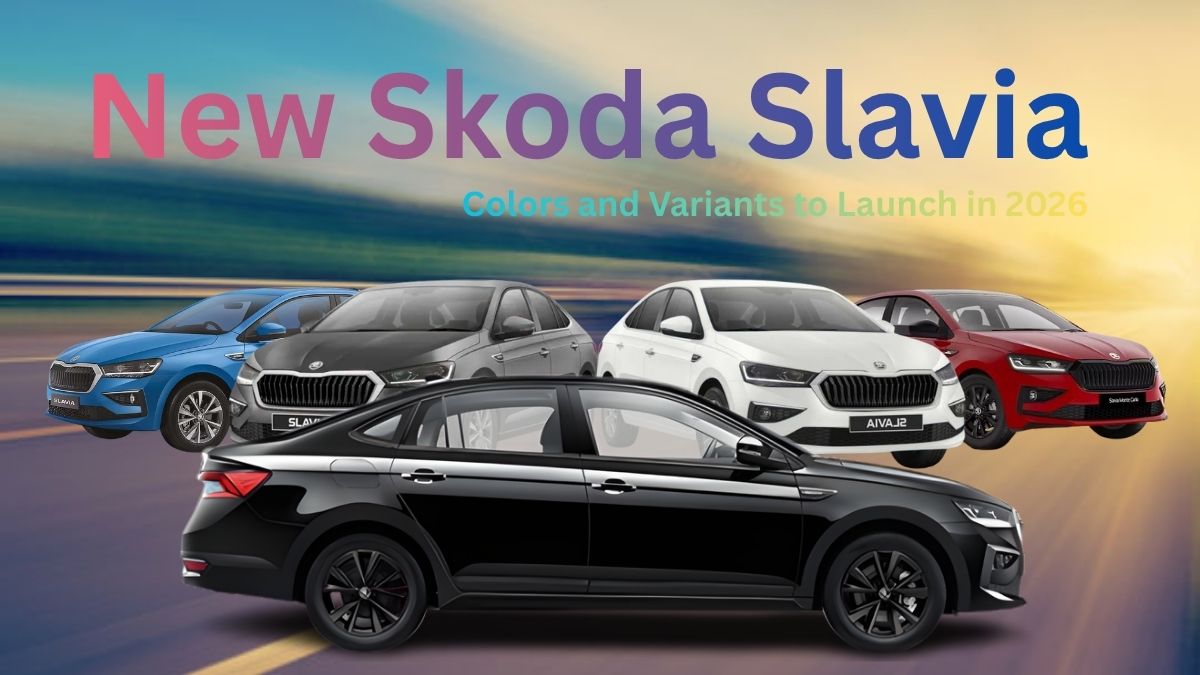
New Skoda Slavia Colors and Variants to Launch in 2026

Top 10 Most Fuel-Efficient Petrol Cars of 2026

Upcoming Budget SUVs Under ₹10 Lakh Launching in 2026
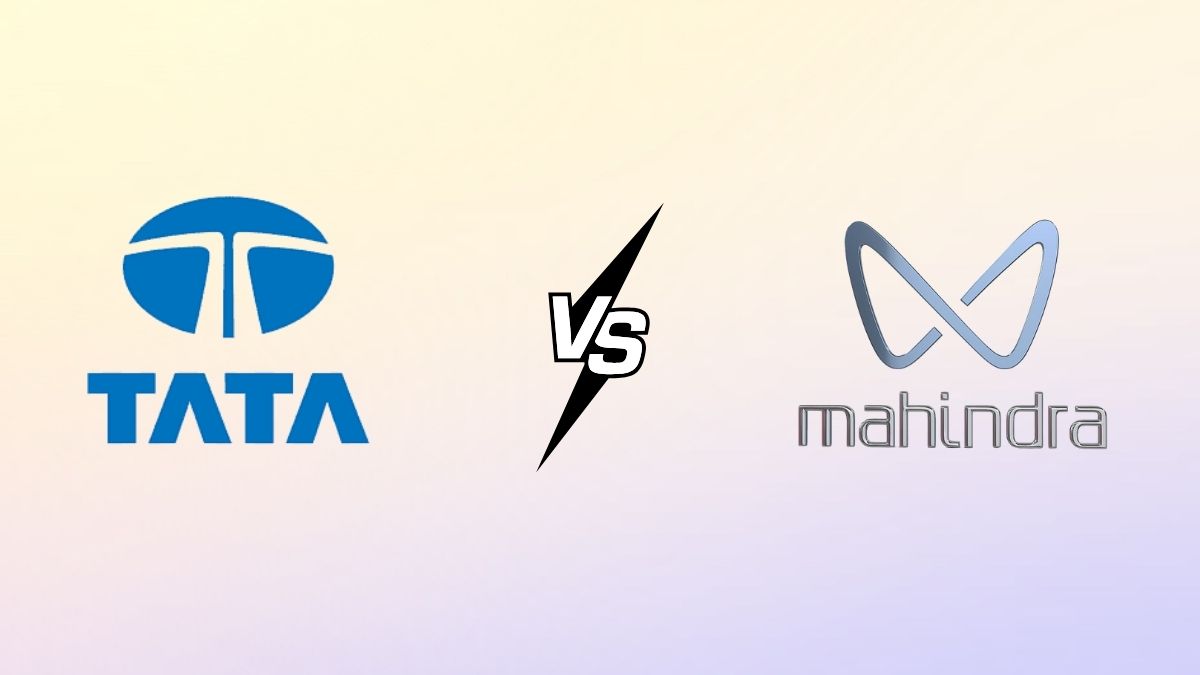
Tata vs Mahindra: Who’s Winning the EV Battle in India?
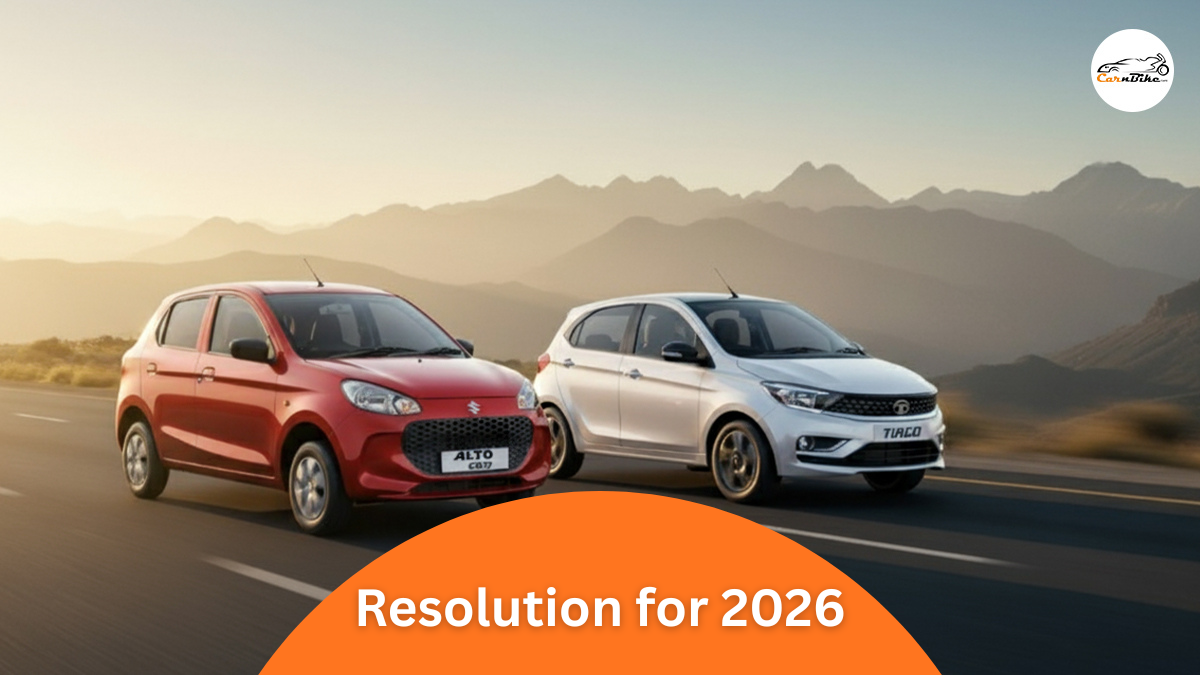
Car Resolutions for 2026 – Upgrade, Maintain, or Switch to EV?

How to Prepare Your Vehicle for Cold Weather
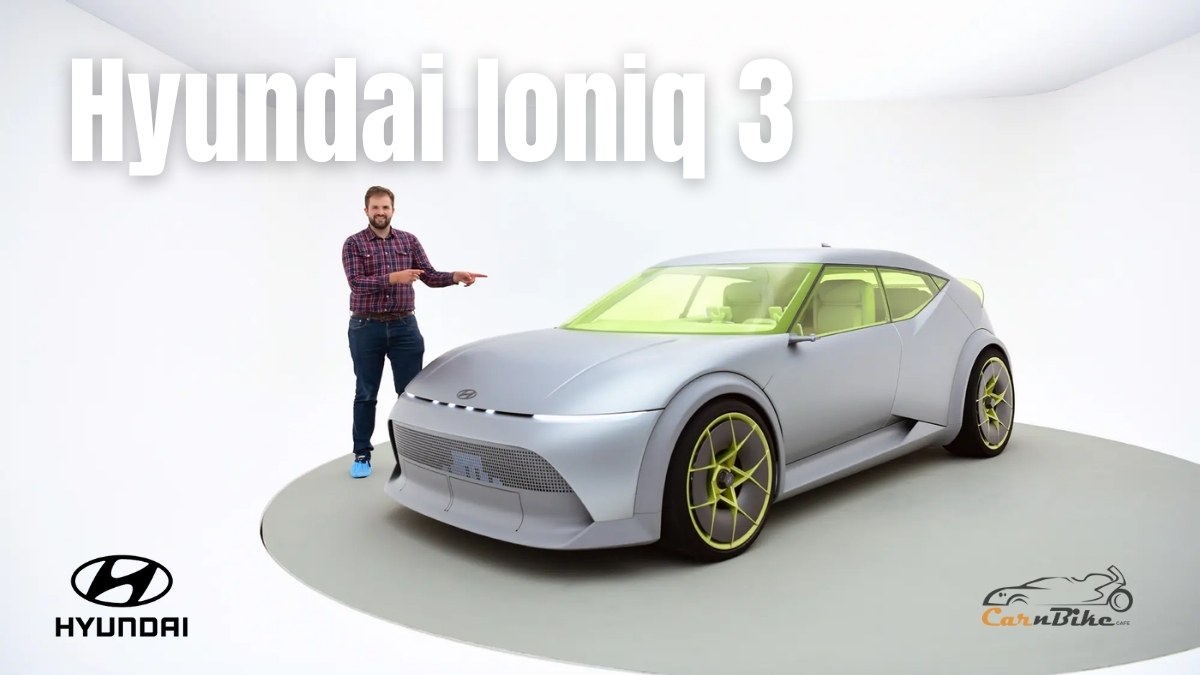
Hyundai Ioniq 3 India Launch Timeline: Expected Arrival in 2026
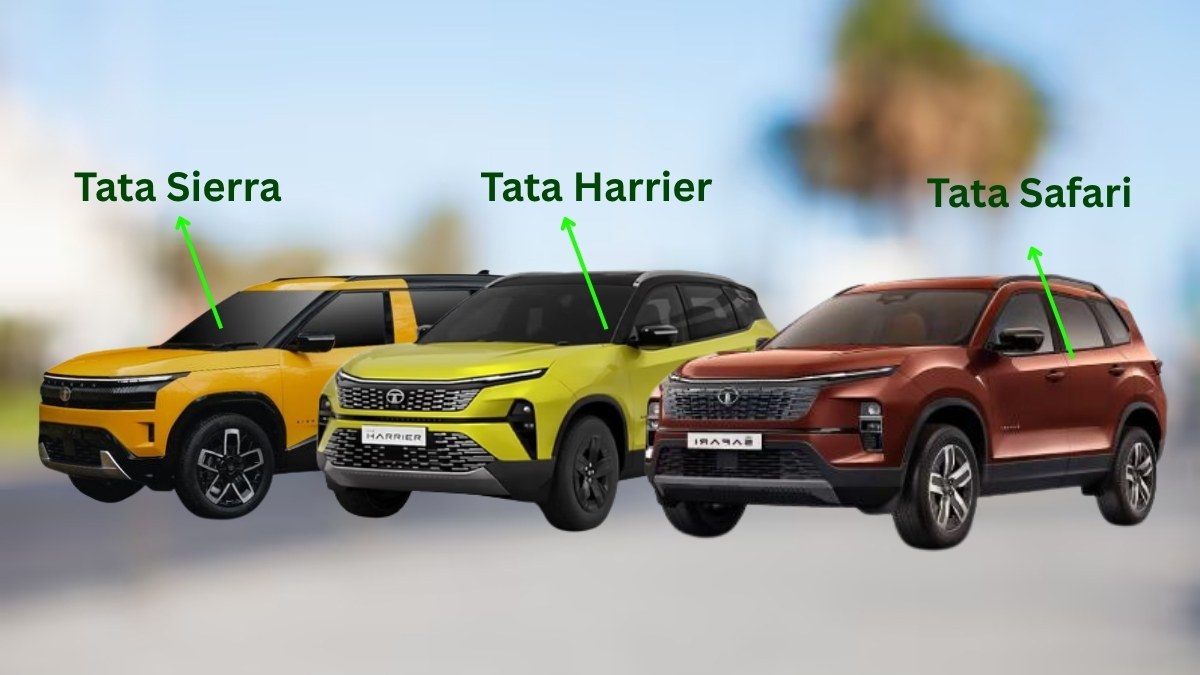
Tata Sierra Performance Compared to the Harrier and Safari
